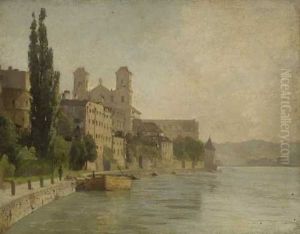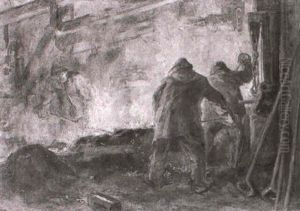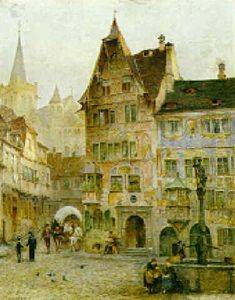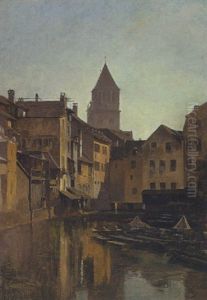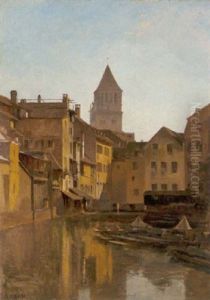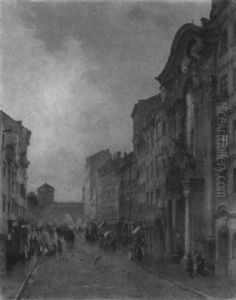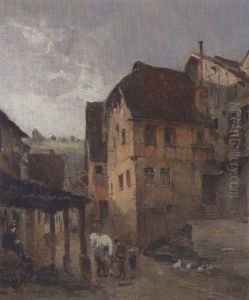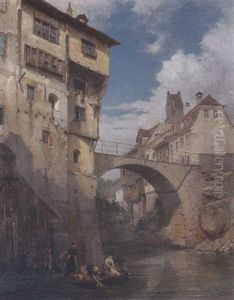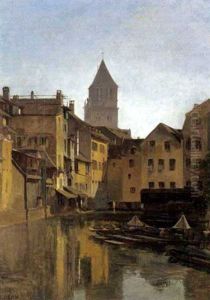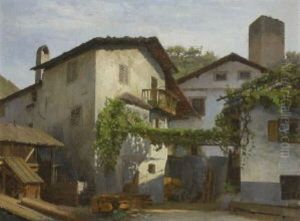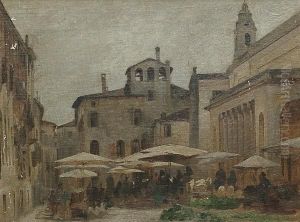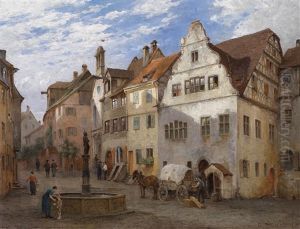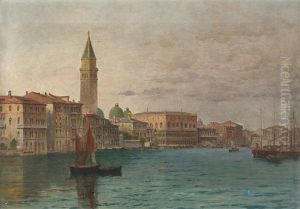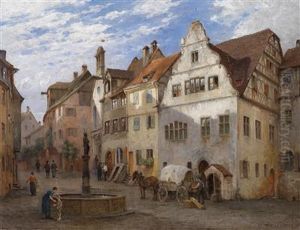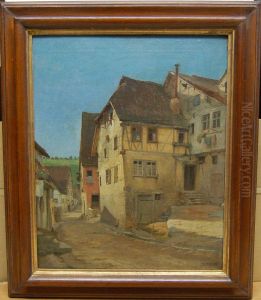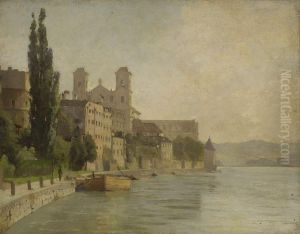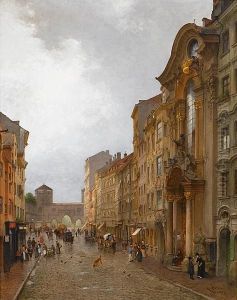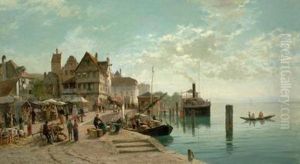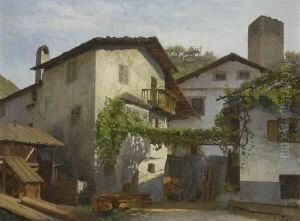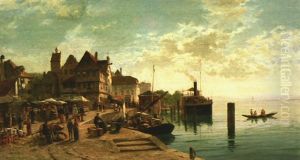Georg Dehn Paintings
Georg Dehn was a German expressionist artist, primarily known for his printmaking, drawing, and painting. Born on November 22, 1878, in Hamburg, Germany, Dehn's artistic journey began in his hometown where he developed an early interest in the arts. He studied at the Hamburg School of Applied Arts and later at the prestigious Academy of Fine Arts in Munich. His education was traditional, but his style would evolve significantly over the years.
Dehn's early work was influenced by the Jugendstil movement (the German counterpart of Art Nouveau), which was characterized by its organic forms and decorative qualities. However, as his career progressed, Dehn became increasingly interested in the human condition, which led him to the expressionist movement. Expressionism emerged in the early 20th century, characterized by its emphasis on representing emotional experiences rather than physical reality. This was a perfect fit for Dehn's evolving artistic vision.
During World War I, Dehn served in the German army, and his experiences during the war had a profound impact on his work. The brutality and trauma of war led him to adopt a more somber palette and to depict the suffering of humanity with even greater intensity. In the 1920s and 1930s, Dehn became associated with the 'New Objectivity' movement, which sought to depict the realities of life in a more sober and direct manner, as a response to the horrors of war and the decadence of the Weimar Republic era.
Dehn's art often focused on social critique, portraying the plights of the poor and the working classes, as well as the corruption he perceived in society. His work during this period was characterized by sharp lines, exaggerated forms, and a stark contrast between light and shadow, all of which served to heighten the emotional impact of his images.
As the political climate in Germany shifted with the rise of the Nazi regime, many expressionist artists faced persecution, and their work was often labeled as 'degenerate.' While there is limited information on how the Nazi regime directly impacted Dehn's career, it was a difficult time for all avant-garde artists in Germany. After World War II, Dehn continued to work, but the art world had changed significantly, and expressionism was no longer at the forefront of the avant-garde.
Georg Dehn passed away on August 14, 1957, in Bremen, Germany. Though not as widely recognized as some of his expressionist contemporaries, Dehn's contribution to the movement and his commitment to depicting the raw truths of human experience ensure his place in the history of German art. His works can be seen as a chronicle of the tumultuous first half of the 20th century, reflecting the angst, upheaval, and resilience of the human spirit.
